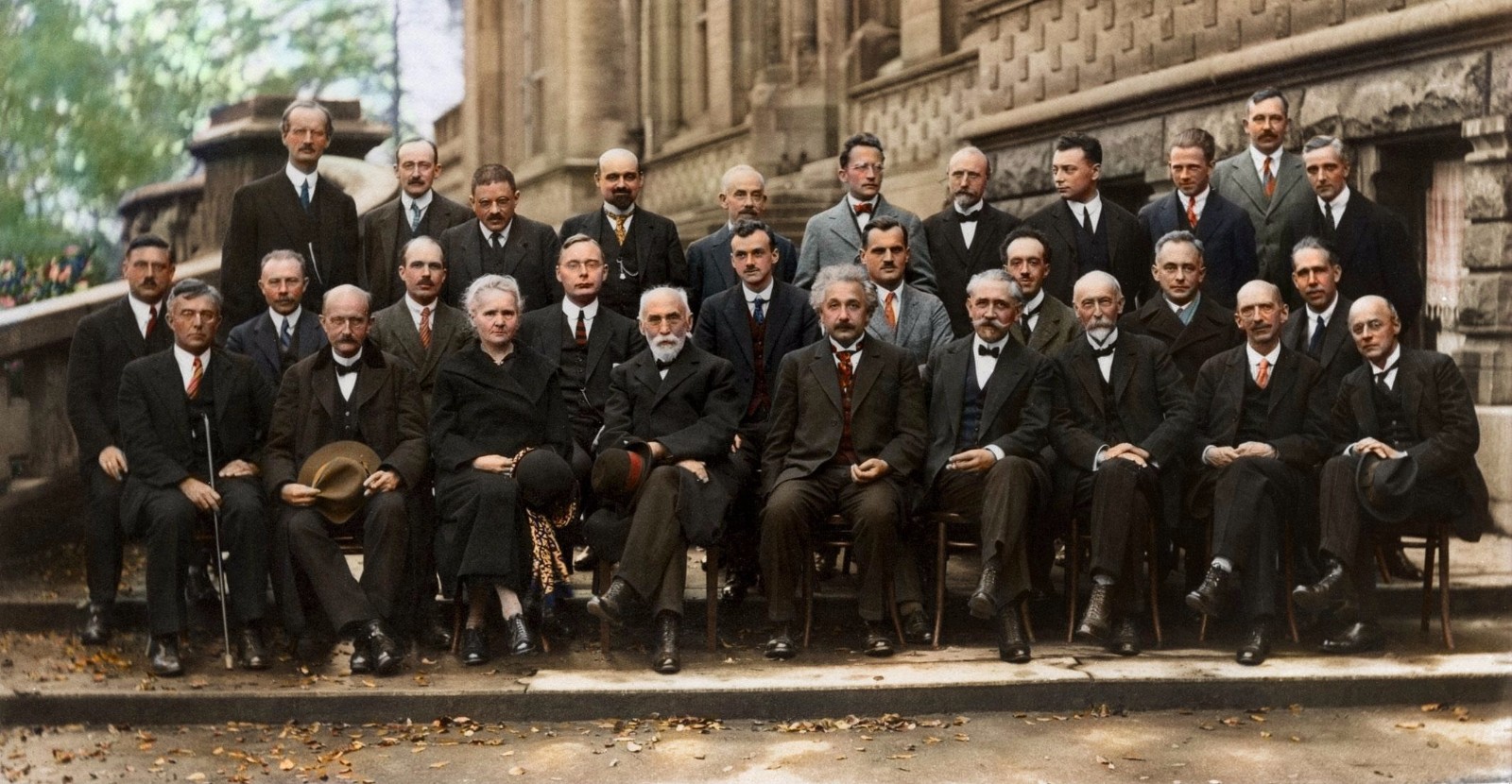Python Initiation
Published:
Import packages
import os
import numpy as np
import pandas as pd
from astropy.table import Table
from scipy.stats import spearmanr#
from scipy.stats.stats import pearsonr
from astropy.cosmology import FlatLambdaCDM,Planck13,Planck15,z_at_value
from astropy import units as u
from astropy.cosmology import LambdaCDM
cosmo = LambdaCDM(H0=70, Om0=0.27, Ode0=0.73)
from astropy.time import Time
from astropy.time import TimeYearDayTime
from datetime import datetime
import time
from time import strftime,strptime
import calendar
from dateutil.parser import parse
#from adjustText import adjust_text
import matplotlib as mpl
import matplotlib.pyplot as plt
from pylab import cm
from collections import OrderedDict
#from adjustText import adjust_text
%matplotlib inline
%config InlineBackend.figure_format='svg'
# Edit the font, font size, and axes width
mpl.rcParams['font.family'] = 'Times New Roman' #'Avenir'
plt.rcParams['font.size'] = 18
plt.rcParams['axes.linewidth'] = 2
Jupyter install
#Install a conda package in the current Jupyter kernel
import sys
!conda install --yes --prefix {sys.prefix} numpy
#Install a pip package in the current Jupyter kernel
import sys
!{sys.executable} -m pip install numpy
Def time2mjd
#from astropy.time import Time
from astropy.io import fits
from matplotlib.pyplot import MultipleLocator
import matplotlib.dates as mdates
def datetime2mjd(x):
mjd_ref=59000
mjd_minus_mdates_num=mdates.date2num(convert_xaxis_time(mjd_ref))-mjd_ref
x=mdates.date2num(x)
y = x - mjd_minus_mdates_num
return y
def mjd2datetime(x):
mjd_ref=59000
mjd_minus_mdates_num=mdates.date2num(convert_xaxis_time(mjd_ref))-mjd_ref
y= x + mjd_minus_mdates_num
y= mdates.num2date(y)
return y
def datenums2mjd(x):
#x=mdates.date2num(x)
mjd_ref=59000
mjd_minus_mdates_num=mdates.date2num(convert_xaxis_time(mjd_ref))-mjd_ref
y = x - mjd_minus_mdates_num
return y
def mjd2numsdate(x):
mjd_ref=59000
mjd_minus_mdates_num=mdates.date2num(convert_xaxis_time(mjd_ref))-mjd_ref
y= x + mjd_minus_mdates_num
#y= mdates.num2date(y)
return y
def convert_xaxis_mjd(time):
return Time(time).mjd
def convert_xaxis_time(mjd):
return Time(mjd,format='mjd').to_datetime()
def date2yday(x):
"""
x is in matplotlib datenums, so they are floats.
"""
y = x - mdates.date2num(datetime(2018, 1, 1))
return y
def yday2date(x):
"""
return a matplotlib datenum (x is days since start of year of 2018)
"""
y = x + mdates.date2num(datetime(2018, 1, 1))
return y
def convert_partial_year(numbers):
datetimes=[]
for number in numbers:
year = int(number)
d = timedelta(days=(number - year)*(365 + is_leap(year)))
day_one = datetime(year,1,1)
date = d + day_one
datetimes.append(date)
return datetimes
def is_leap(year):
if not year%4 and year%100 or not year%400:
return True
return False
def convert_mjd(times):
timesmjd=[]
for i in times:
timesmjd.append(Time(i).mjd)
return timesmjd
def convert_date(times):
timesdate=[]
for i in times:
timesdate.append(Time(i,format='mjd').datetime)
return timesdate
def convert_date_single(time):
timedate=Time(time,format='mjd').datetime
return timedate
Def reshapedata
import pandas as pd
import numpy as np
import os
def get_obsids(path):
dirname=os.listdir(path)
obsids=[]
for i in dirname:
if i.isdigit():
obsids.append(i)
obsids.sort()
return obsids
def drop_index(data):
data=data.reset_index(drop=True)
return data
def get_info(data,label,label_err=None):
return min(data[label]),max(data[label]),np.mean(data[label])
Def set_ax_tick_locator_legend
def set_mag_ylim(ax):
bottom, top = ax.set_ylim()
if bottom< top:
ax.set_ylim(top,bottom)
def set_mag_xlim(ax):
bottom, top = ax.set_xlim()
if bottom< top:
ax.set_xlim(top,bottom)
def set_ax_tick(ax):
ax.xaxis.set_tick_params(which='major', size=10, width=2, direction='in', top='on',)
ax.xaxis.set_tick_params(which='minor', size=5, width=2, direction='in', top='on')
ax.yaxis.set_tick_params(which='major', size=10, width=2, direction='in', right='on')
ax.yaxis.set_tick_params(which='minor', size=5, width=2, direction='in', right='on')
def set_ax_locator(ax,xma=1,xmi=0.2,yma=1,ymi=0.2):
ax.xaxis.set_major_locator(mpl.ticker.MultipleLocator(xma))
ax.xaxis.set_minor_locator(mpl.ticker.MultipleLocator(xmi))
ax.yaxis.set_major_locator(mpl.ticker.MultipleLocator(yma))
ax.yaxis.set_minor_locator(mpl.ticker.MultipleLocator(ymi))
def set_ax_legend(ax,bbox_to_anchor=(0.01, 0.99)):
#ax.xaxis.set_tick_params(which='major', size=10, width=2, rotation=0,)
handles, labels = ax.get_legend_handles_labels()
# remove the errorbars
#hdl = [h[0] for h in handles]
hdl = handles
labels_dict=dict(zip(labels, hdl)) #key,values
by_label=OrderedDict(sorted(labels_dict.items(),key=lambda t:t[0]))
#by_label = OrderedDict(zip(labels, handles))
ax.legend(by_label.values(), by_label.keys(), bbox_to_anchor=bbox_to_anchor,
loc=2, numpoints=1,ncol=1,fontsize=11.)
def plot_secax(ax,mi_interval=365,ma_interval=365*2,rotation=10,):
secax1 = ax.secondary_xaxis('top', functions=(mjd2numsdate,datenums2mjd))
secax1.xaxis.set_major_formatter(mdates.DateFormatter("%Y-%m-%d"))
secax1.xaxis.set_major_locator(mdates.DayLocator(interval=ma_interval))
secax1.xaxis.set_minor_locator(mdates.DayLocator(interval=mi_interval))
#secax1.xaxis.set_tick_params(which='major', size=10, width=2, direction='out')
secax1.xaxis.set_tick_params(which='minor', size=5, width=2, direction='out')
secax1.xaxis.set_tick_params(which='major', size=10, width=2, direction='out', rotation=rotation,)
def set_ax_tick_nolabel(ax):
ax.xaxis.set_tick_params(which='major', size=10, width=2, direction='in', top='off',labelsize=0)
#ax.yaxis.set_tick_params(which='major', size=10, width=2, direction='in', right='off',labelsize=0)
Color_Marker
from matplotlib.lines import Line2D
for m, func in Line2D.markers.items():
print(m,func)
colors = cm.get_cmap('tab10', 10)
Scaleddata
# Preliminaries: load in python modules. The uses of these will become clear as we go forward
import numpy as np
from astropy.io import ascii
import matplotlib.pyplot as plt
import matplotlib.colors as colors
import matplotlib.cm as cmx
from scipy.optimize import least_squares, curve_fit
from scipy.stats import f
import emcee
import corner
import os
from timeit import default_timer as timer
def calc_power_law(freq,S0,alpha):
S = S0 * (freq) ** alpha
return S
def alpha_calc(data):
#Get lightcurve values
freqs = data['frequency']
flux = data['flux']
flux_errs = data['rms']
#Use the scipy curve_fit algorithm to calculate the best fit value
popt, pcov = curve_fit(calc_power_law, freqs, flux ,sigma=flux_errs, p0=(50,-0.61),absolute_sigma=True)
alpha = popt[1] #Best-fit spectral index
alpha_err = np.sqrt(np.diag(pcov))[1] #Uncertainty in alpha
return alpha, alpha_err
def scale_data(data, alpha, alpha_err, ref_freq=5.0):
#calculate a scaling factor for the flux density and uncertainty
f_scale = (ref_freq/data['frequency'])**alpha
rms_scale = np.abs(f_scale*np.log(ref_freq/data['frequency'])*alpha_err)
#scale the flux and uncertainty - don't forget to add errors in quadrature
scaled_flux = data['flux'] * f_scale
scaled_rms = np.abs(scaled_flux) * np.sqrt((data['rms']/data['flux'])**2 + (rms_scale/f_scale)**2)
#Add two new columns to the data
data['scaled_flux'] = scaled_flux
data['scaled_rms'] = scaled_rms
return data
#Select the data at the ~162 day epoch and print the spectral index + uncertainty
sel_data = data[data['delta_t'] == 162.89]
alpha, alpha_err = alpha_calc(sel_data)
print("alpha = %.1f+/-%.1f"%(alpha, alpha_err))
data = scale_data(data, alpha, alpha_err)
Plot
figure_n= 4
fig = plt.figure(figsize=(6,figure_n*3))
fig.subplots_adjust(hspace=0.0, wspace = 0.0)
ax = fig.add_subplot(figure_n,1,1)
dataplot=
for i in range(len(dataplot)):
x=dataplot.iloc[i]['mjd']
y=dataplot.iloc[i]['scaled_flux']
xerr=dataplot.iloc[i]['mjderr']
yerr=dataplot.iloc[i]['scaled_rms']
ax.errorbar(x=x,y=y,
xerr=xerr,
yerr=yerr,
marker='o',ms=11., mew=1, capsize=0,mec=color,ecolor=color,
elinewidth=2,fmt='o',ls='',fillstyle='none',label='$F_\mathrm{5\,GHz}$')
ax_x=ax.twinx()
ax2 = fig.add_subplot(figure_n,1,2,sharex=ax)
ax3 = fig.add_subplot(figure_n,1,3,sharex=ax)
ax4 = fig.add_subplot(figure_n,1,4,sharex=ax)
#set_mag_ylim(ax)
ax.set_title('title')
ax.set_ylabel(r'$\mathrm{Mag}$')
ax_x.set_ylabel(r'$\mathrm{Mag}$')
ax.set_xlabel(r'$\mathrm{MJD(d)}$')
set_ax_tick(ax)
set_ax_locator(ax,xma=1,xmi=0.2,yma=1,ymi=0.2)
set_ax_legend(ax,bbox_to_anchor=(0.01, 0.99))
ax.text(0.0, 0.1, "LogLocator(base=10, numticks=15)",fontsize=15, transform=ax.transAxes)
plot_secax(ax,mi_interval=365,ma_interval=365*2,rotation=10,)
ax.xaxis.set_tick_params(which='major', size=10, width=2, direction='in', top='off',labelsize=0)
ax.axhspan(1,2, facecolor='#2ca02c', alpha=0.5)
ax.axvspan(56293,57033, facecolor='#2ca02c', alpha=0.05)
ax.grid(alpha=0.1,which='major', linestyle='--', linewidth=1)
range_l,range_r=(54930+1,54970-1)
ax.set_xlim(range_l,range_r)
ax.set_ylim(0.1,9.9)
#ax.semilogx()
ax.semilogy()
#ax.set_xscale('log')
ax.xaxis.set_major_locator(ticker.LogLocator(base=10.0, numticks=15))
ax.yaxis.set_major_locator(ticker.LogLocator(base=10.0, numticks=15))
save_lc_img_path='/Users/lyubing/path/lc_%d_%d.png'%(range_l,range_r)
plt.savefig(save_lc_img_path,dpi=400, transparent=False, bbox_inches='tight')
欢迎关注微信公众号:曜灵集


